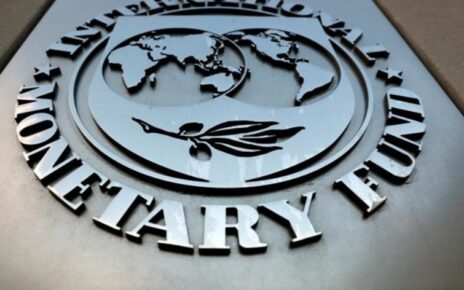Amazon Prime membership has exceeded 100 million paid Prime members worldwide, according to company founder and CEO Jeff Bezos.
In his annual shareholder letter – published since 1997 and widely considered a must-read among executives and business leaders around the globe – Bezos listed the 100 million-plus figure as one of Amazon’s chief milestones from the past year. In 2017, Amazon shipped more than 5 billion items with Prime worldwide, Bezos wrote, and Prime gained more new members than in any previous year. (Bezos owns The Washington Post.)
The number of Prime subscribers for years has been a closely held secret and the focus of much speculation. The figure also confirms that Prime is one of the world’s largest Internet subscriptions and a behemoth among online retailers. Netflix, by comparison, has 125 million subscribers.
It also hints at a deep revenue stream for the company. Calculating just how much money Amazon has raked in through its Prime membership isn’t quite as simple as multiplying the cost of a $99 (roughly Rs. 6,500) annual membership by 100 million, because some people – for example, students – have an option to pay less, while others pay a good bit more for a monthly subscription.
But what is clear is that having a Prime account keeps members coming back for more as shoppers come to rely on the convenience of online browsing and free two-day shipping on over 100 million items. Prime members also have access to features like Prime videos, songs and e-books.
The real money, though, is in the buying power these shoppers wield: Prime members reportedly spend an average of $1,300 (roughly Rs. 85,500) a year on Amazon, compared with $700 (roughly Rs. 46,000) for its customers who are not members.
Still, some are wary of Prime membership acting like a blinder that prevents shoppers from checking prices elsewhere and shapes consumer habits.
Michael Levin, partner and co-founder of Consumer Intelligence Research Partners, said the figure was on par with his growth estimates. As of the end of September, Levin said Prime had an estimated 90 million US members alone.
In the letter, Bezos also highlighted 2017 as the company’s best year yet for hardware sales, with shoppers buying tens of millions of Echo speaker devices, among other products.
He took a philosophical turn: To make a point about the importance of setting high standards, Bezos described a friend so determined to master a handstand that she hired a handstand coach. As described by Bezos, the coach offered the advice that most people think that through hard work, they can master a handstand in about two weeks. The skill actually takes about six months to hone. Those who focus on a two-week timeline will just end up quitting, the coach said.
“Unrealistic beliefs on scope – often hidden and undiscussed – kill high standards,” Bezos wrote. “To achieve high standards yourself or as part of a team, you need to form and proactively communicate realistic beliefs about how hard something is going to be – something this coach understood well.”
Brendan Witcher, a principal analyst at Forrester, said the number of subscribers makes clear that Amazon “keeps laying on more and more reasons for consumers to become Prime members.”
“Other companies focus on revenue and how much revenue is growing,” Witcher said. “Jeff has a very good view of the world, a healthy view of the world that recognises that loyalty to your brand will generate revenue and not necessarily the other way around. Focusing on Prime membership is an excellent strategy for Amazon.”



